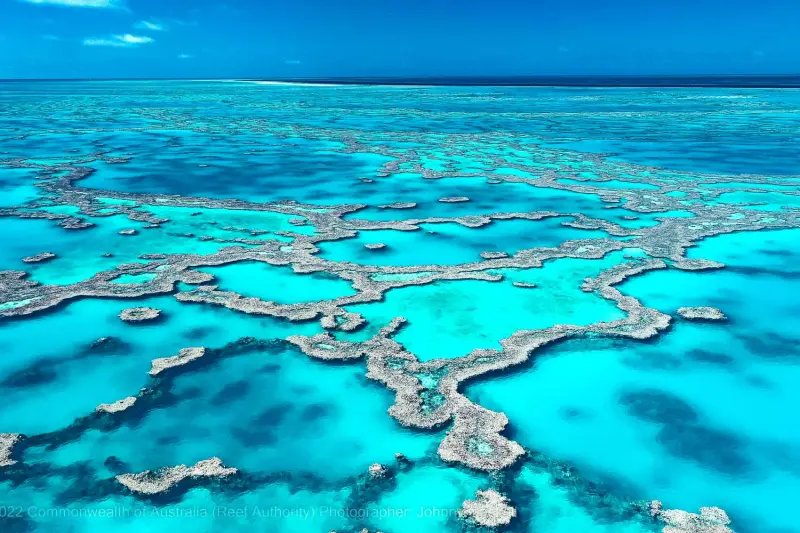
Discovering the Great Barrier Reef: A Diver’s Paradise
Introduction
The Great Barrier Reef, one of the Seven Natural Wonders of the World, is a breathtaking underwater paradise that attracts divers and snorkelers from around the globe. Stretching over 2,300 kilometers, this UNESCO World Heritage site is home to an incredible array of marine life and vibrant coral formations. In this article, we will explore the best diving spots, the unique marine life you can encounter, and the conservation efforts in place to protect this natural wonder.
Best Diving and Snorkeling Spots
Among the best locations to explore are Agincourt Reef, known for its crystal-clear waters and diverse marine species, and Osprey Reef, famous for its dramatic drop-offs and vibrant coral gardens. Additionally, the Cod Hole offers divers the chance to interact with friendly potato cod, while the Ribbon Reefs provide a stunning array of colorful corals and fish.
Marine Life to Encounter
The Great Barrier Reef is teeming with life. Divers can expect to see over 1,500 species of fish, 400 types of coral, and a variety of other marine creatures, including turtles, rays, and even sharks. The reef is also home to the majestic humpback whale during migration season, making it a thrilling experience for those who venture into the water.
Conservation Efforts
As one of the most biodiverse ecosystems on the planet, the Great Barrier Reef faces numerous threats, including climate change and pollution. Many tour operators are committed to sustainable practices, including educating visitors about marine conservation and supporting local initiatives aimed at protecting the reef. By choosing eco-friendly tours, visitors can help ensure that this natural wonder remains intact for future generations.
Conclusion
The Great Barrier Reef is a must-visit destination for any traveler seeking adventure and natural beauty. With its stunning underwater landscapes and diverse marine life, it offers an unforgettable experience for divers and snorkelers alike. Join us on a tour to explore this incredible ecosystem and contribute to its preservation.